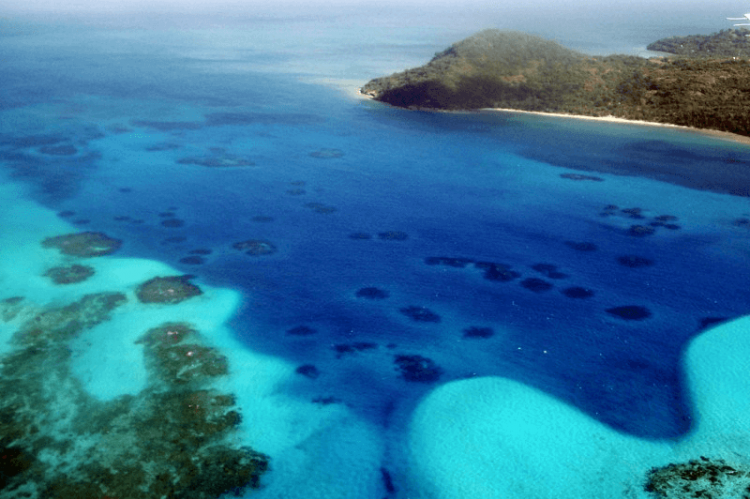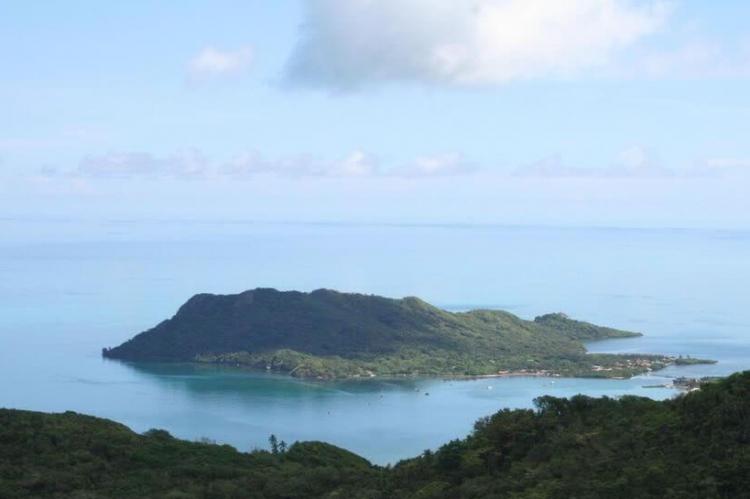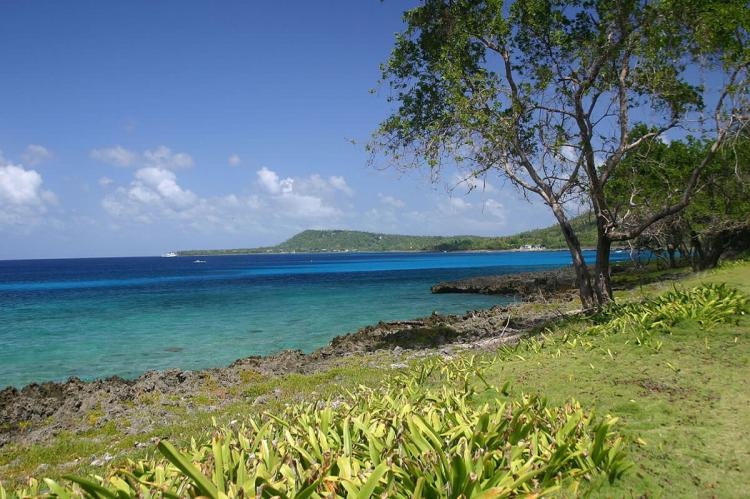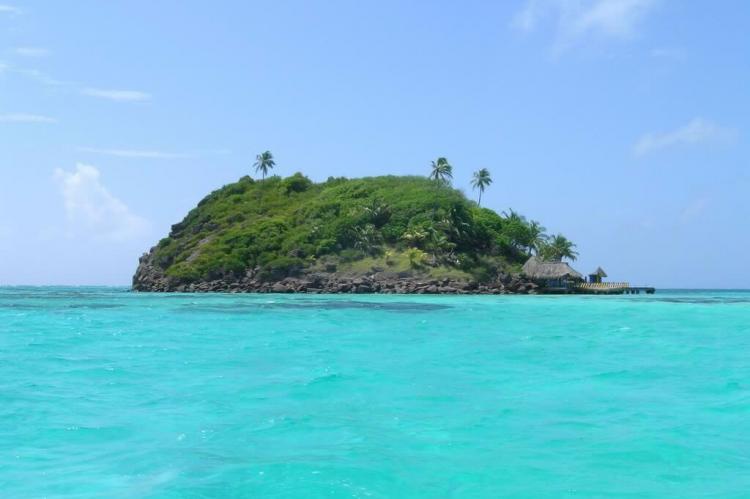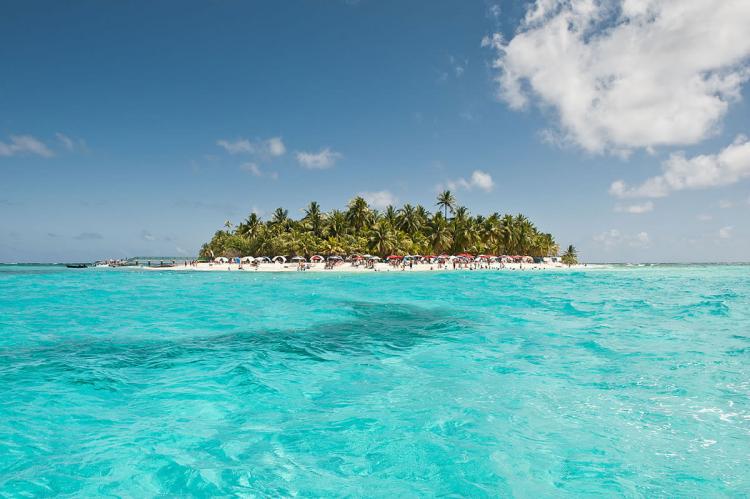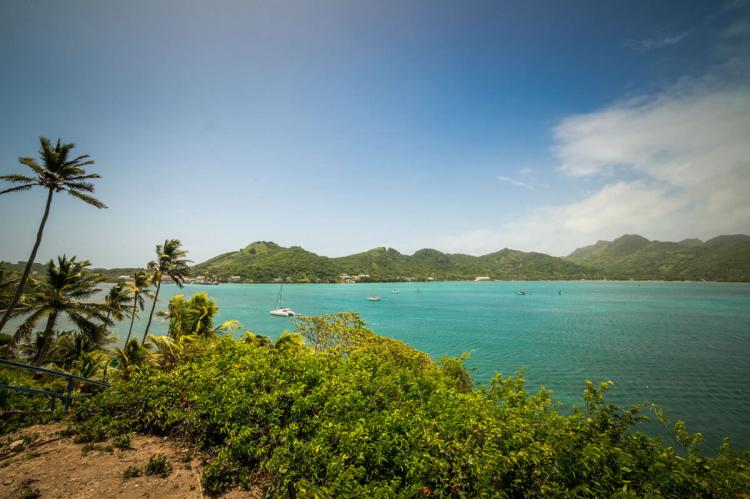Exploring the Seaflower: Colombia's Vibrant Marine Biosphere Reserve
The Seaflower Biosphere Reserve, part of the Archipelago of San Andrés, Providencia, and Santa Catalina, is renowned for its marine biodiversity and geological features. This significant area in the southwestern Caribbean is vital in conserving marine ecosystems and supporting local communities.
Seaflower Biosphere Reserve: Colombia's Caribbean Marine Treasure
The Seaflower Biosphere Reserve, located in the Archipelago of San Andrés, Providencia, and Santa Catalina, is one of the Caribbean's most ecologically and culturally rich regions in the Caribbean. Situated off the east coast of Nicaragua and under Colombian jurisdiction, the reserve is recognized for its outstanding marine biodiversity and unique geological features. Spanning a significant portion of the southwestern Caribbean, the Seaflower Biosphere Reserve plays a vital role in preserving the delicate balance of marine ecosystems while supporting the livelihoods and traditions of the local communities.
Geographical and Geological Significance: Location and Extent
The Seaflower Biosphere Reserve is situated off the east coast of Nicaragua, approximately halfway between Colombia and Jamaica. It encompasses a series of volcanic-origin islands, cays, and atolls, covering about 10% of the Caribbean Sea. Among its noteworthy geological features are the extensive coral banks, such as Quitasueño, which span over 1,000 square kilometers (386 square miles). These atolls are among the few in the Atlantic Ocean, making the reserve geologically significant.
Coral Reefs and Coastal Ecosystems
The reserve has some of the Caribbean's highest coral cover and octocoral densities. The Old Providence barrier reef, extending 32 kilometers (20 miles) and covering an area of 255 square kilometers (98 square miles), is one of the most extensive coral reefs in the Americas. This reef is a biodiversity hotspot, crucial for the survival of numerous coral and fish species. The surrounding coastal mangroves and swamps further enhance the region's ecological diversity, providing essential habitats for various marine and terrestrial species.
Biodiversity
Marine Life
The Seaflower Biosphere Reserve boasts a rich marine biodiversity, with over 407 species of fish, 48 species of hard corals, 54 soft corals, and 130 sponges. This diversity makes it a key area for marine research and conservation. Notable endemic species include the Hypoplectrus providencianus (Hamlet) and the Gambusia aestiputeus, which inhabit the mangroves of Bahía Hooker on San Andrés Island.
Terrestrial Fauna
The archipelago is also recognized as a secondary endemic bird area, hosting species such as the Vireo caribeus. Additionally, it is home to two endemic snake species, Leptotyphlops albifrons (silver snake) and Coniophanes andresensis, as well as the endemic toad species Leptodactylus insularis. These species highlight the islands' unique terrestrial biodiversity.
Socio-Economic and Cultural Aspects
Population and Urban Development
San Andrés, the most populated island in the archipelago, has an area of 27 square kilometers (10 square miles) and an official population of 70,657 (2002). The urban commercial center, located at the island's northern end, faces challenges such as overpopulation and the impacts of mass tourism. These issues have reduced water quality, inadequate infrastructure, and poorly planned urban development.
Community Engagement and Sustainable Development
The Seaflower Biosphere Reserve has implemented educational and community involvement programs to address these challenges. Initiatives like the 'Islands Natural Alphabet' focus on environmental education, coral reef and mangrove conservation, tree planting, and seed collection schemes aim to foster a deeper understanding of sustainable practices among the local population.
The reserve also supports eco- and ethno-tourism, promoting traditional native pursuits such as subsistence agriculture, small animal raising, and artisan fishing. These activities contribute to the local economy and help preserve the island communities' cultural heritage and self-sufficiency.
Conclusion
The Seaflower Biosphere Reserve is crucial for marine and terrestrial biodiversity, cultural heritage, and sustainable development. Its unique geological features, diverse ecosystems, and rich cultural traditions make it a vital region for conservation efforts. By balancing ecological preservation with sustainable economic activities, the Seaflower Biosphere Reserve is a model for integrating environmental and cultural sustainability in the Caribbean.
